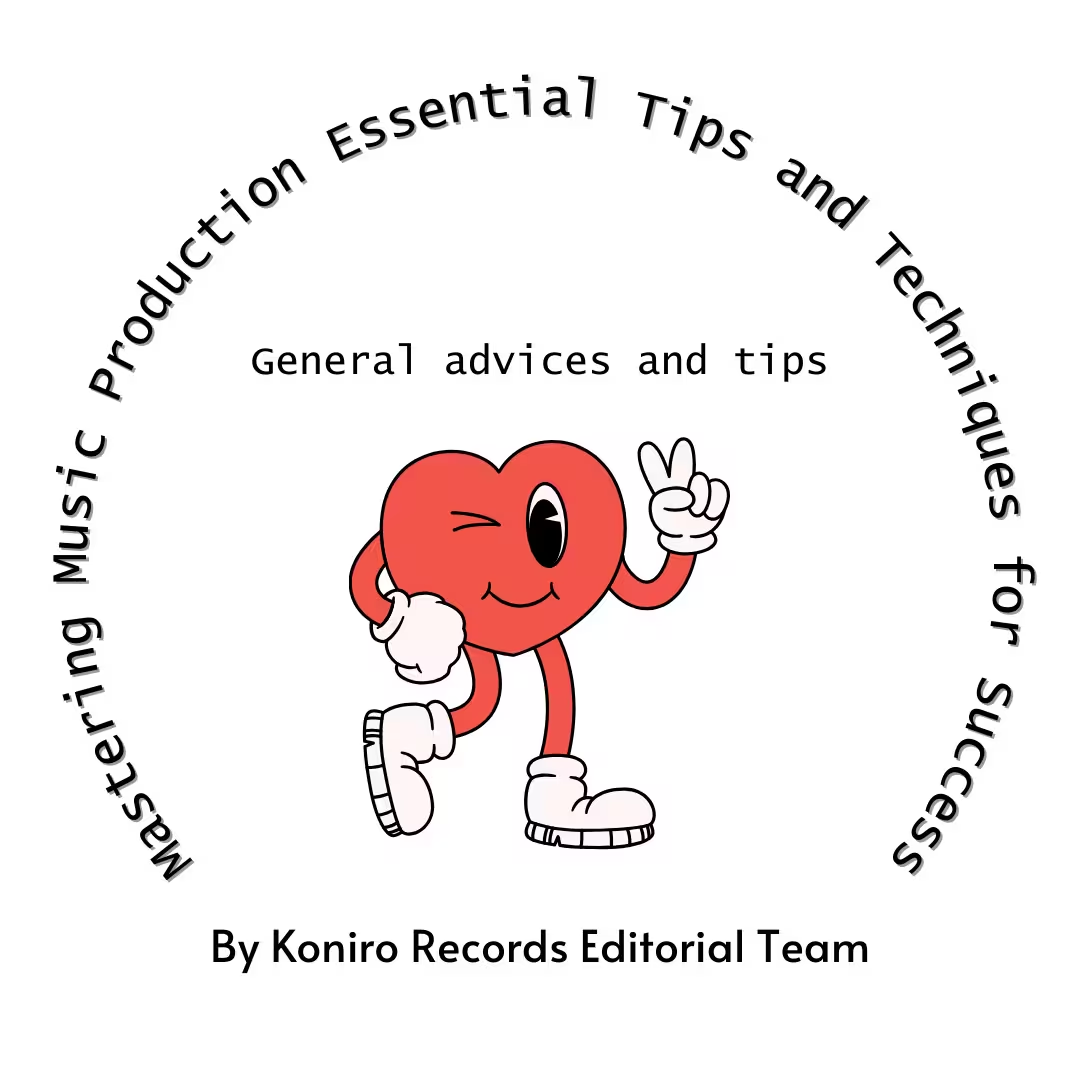Your cart is currently empty!

Mastering Music Production Essential Tips and Techniques for Success
•

Producing Professional-Sounding Music: Where to Start
Are you an aspiring music producer looking to take your skills to the next level? With the rise of digital audio workstations (DAWs) and the democratization of music production, it’s easier than ever to create high-quality music from the comfort of your own home. However, with so many options and techniques available, it can be overwhelming to know where to start. In this comprehensive guide, we’ll cover the essential music production tips and techniques you need to know to produce professional-sounding music.
Understanding the Music Production Process
Before we dive into the nitty-gritty of music production techniques, it’s essential to understand the overall process. Music production involves several stages, including:
- Songwriting and Composition
Developing a concept or idea for your track
Creating a melody, harmony, and rhythm
Writing lyrics (if applicable)
Arrangement and Structure
- Organizing your track into intro, verse, chorus, bridge, and outro
- Creating a cohesive flow and structure
- Recording and Tracking
- Laying down individual tracks for each instrument or vocal part
Using microphones, instruments, and recording software to capture high-quality audio
Mixing and Mastering - Balancing levels, panning, and EQing individual tracks
Creating a cohesive mix that translates well across different playback systems
Preparing your final mix for distribution and playback on various formats
Essential Music Production Techniques
Now that we’ve covered the basics, let’s dive into some essential music production techniques to take your skills to the next level.
- Layering and Texturing
Creating depth and interest by layering multiple sounds or instruments
Using different timbres, tones, and textures to add complexity and variety
- EQing and Frequency Management
Understanding the frequency spectrum and how to use EQ to balance your mix
Identifying and addressing frequency conflicts and clashing
- Compression and Dynamics
Controlling the dynamic range of your tracks to create a more polished sound
Using compression to even out levels, add punch, and create space
- Reverb and Spatiality
Adding depth and space to your tracks using reverb and ambiance
Creating a sense of width and height using stereo widening techniques

Advanced Mentorship Program
Master the art of music production and elevate your career with the Advanced Mentorship Program at Koniro Records. Get expert guidance on advanced techniques, branding, and industry strategy. Perfect your sound and thrive in the competitive music scene.
- Audio Editing and Cleanup
Editing and cleaning up individual tracks to remove noise, hiss, and hum
Using editing techniques to tighten up performances and create a more cohesive sound
Music Mixing Tips and Techniques
Mixing is a crucial stage of music production that involves balancing individual tracks to create a cohesive and professional-sounding mix. Here are some essential music mixing tips and techniques to keep in mind:
- Start with a Reference Track
Using a reference track to guide your mixing decisions
Creating a mix that translates well across different playback systems
- Balance Your Levels
Setting optimal levels for individual tracks to create a balanced mix
Using automation to create dynamic interest and contrast
- Create a Clear Hierarchy
Creating a clear hierarchy of instruments and vocals in your mix
Using EQ, compression, and other techniques to create space and definition
- Use Stereo Imaging Techniques

How to become a better musician EBOOK
How to Become a Better Musician is the ultimate guide to improving your musical skills, creativity, and performance. Discover practical tips on practice routines, music theory, songwriting, and collaboration to unlock your full potential and elevate your musicianship.
Creating a wide and engaging stereo image using panning and stereo widening
Using depth and distance to create a more immersive sound
Music Mastering Tips and Techniques
Mastering is the final stage of music production, involving preparing your mixed track for distribution and playback on various formats. Here are some essential music mastering tips and techniques to keep in mind:
- Use a Standardized Loudness
Ensuring your track meets industry standards for loudness and gain
Using limiting and normalization to optimize your track’s loudness
- EQ for Translation
EQing your track to translate well across different playback systems
Compensating for frequency loss and emphasis on different formats
- Use Stereo Bus Compression
Using stereo bus compression to glue your mix together
Controlling the dynamic range of your track to create a more polished sound
- Add a Touch of Character

Adding a touch of character and personality to your track using subtle processing
Using parallel processing and harmonic enhancement to add depth and complexity
Conclusion
Producing professional-sounding music requires a deep understanding of the music production process, as well as essential techniques and tips for mixing, mastering, and arranging tracks. By following the guidelines outlined in this post, you’ll be well on your way to creating high-quality music that showcases your skills and creativity. Remember to always keep learning, practicing, and pushing yourself to new heights – and most importantly, have fun!
-
 Consistency Beats Talent: The Music Industry's Secret
Consistency Beats Talent: The Music Industry's Secret -
 The Psychological Barriers Holding Musicians Back (And How to Overcome Them)
The Psychological Barriers Holding Musicians Back (And How to Overcome Them) -
 The Shocking Truth About Making It in the Music Industry (What They Don't Want You to Know)
The Shocking Truth About Making It in the Music Industry (What They Don't Want You to Know) -
 Elevate Your Musical Journey: Koniro Records' Online Course for Aspiring Musicians
Elevate Your Musical Journey: Koniro Records' Online Course for Aspiring Musicians -
 How to Build Your Brand as an Independent Musician: 5 Key Steps
How to Build Your Brand as an Independent Musician: 5 Key Steps
Discover more from Koniro Records | Proudly independant
Subscribe to get the latest posts sent to your email.